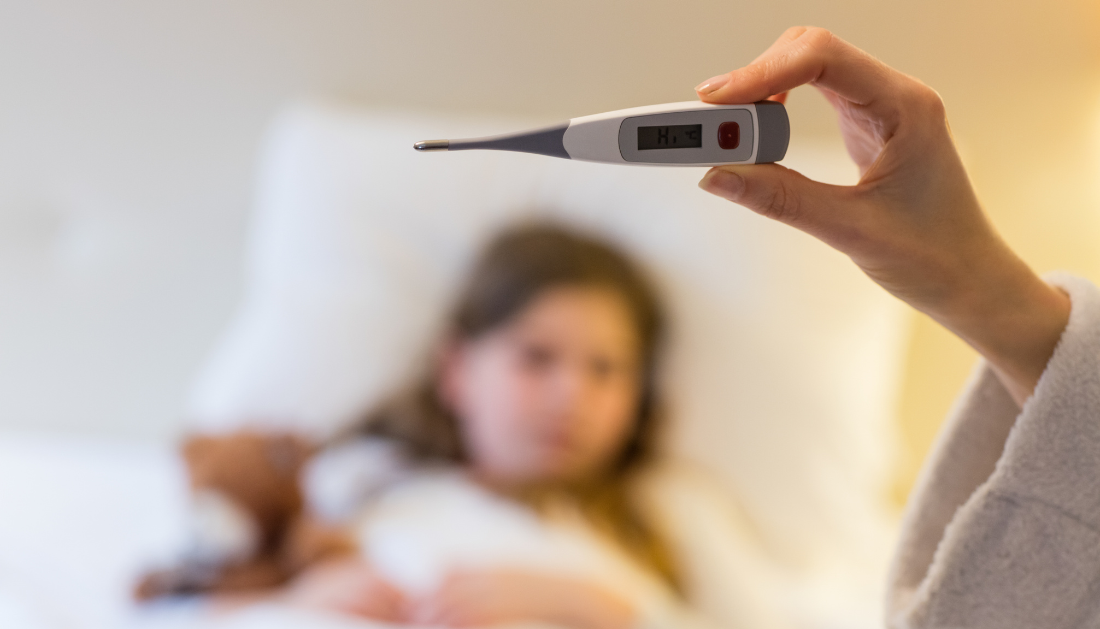

In a recent study published in Scientific Reports, a team of researchers recommended utilizing an artificial intelligence (AI) tool that uses deep learning to assess red blood cell pictures in blood smears for the early identification of malaria.
Background
According to a 2015 World Health Organization report, the parasite Plasmodium that causes malaria killed over 400,000 people in subtropical and tropical countries around the world.
Malaria is typically discovered through microscopic examination of blood smear slides, which reveal infected erythrocytes or red blood cells.
Given that Africa, Southeast Asia, and the Mediterranean account for more than 70% of malaria cases, the method of detecting malaria by blood smears becomes extremely arduous, greatly increasing the pathologist’s workload.
Recent studies have extensively investigated AI-based solutions based on machine learning and deep learning methodologies for automated screening and clinical diagnosis.
Traditional AI systems, such as neural networks, have had difficulty detecting and identifying malarial parasites in blood smears due to the tiny size and significant discrepancy in blood cells.
Furthermore, these systems still rely on competent pathologists for feature vector extraction, making it impossible to automate the screening and detection process fully.
About the study
In this paper, the researchers presented a deep-learning-based AI technique for accurately detecting malaria from red blood cell pictures. They also compared the suggested EfficientNet-B2 model to other deep-learning models and tested its efficacy using ten-fold cross-validation.
The study used a dataset of 27,558 blood cell pictures, half from uninfected persons and the other half of which included parasitized cells. Expert pathologists manually annotated the photos.
The preprocessing stage involved downsizing the photographs to standardize their size, as the model requires that the input size be fixed or equal.
The photos were then divided into training and testing sets. The researchers used 80% of the photos as a training dataset, with the remainder used to test the model’s performance and efficacy.
The deep-learning model EfficientNet-B2 used in this study was a Convolutional Neural Network (CNN) model, which is commonly used for picture categorization tasks.
The model achieves accurate classification results by effectively scaling images with depth-wise separable convolutions. The model’s tiny size also has an advantage in that it requires fewer processing resources.
To improve the model’s accuracy, the researchers implemented batch normalization. This procedure computes the mean and standard deviation of each feature from a smaller dataset, which is then utilized to standardize the input.
A set of expert-generated classifications for blood cell pictures was used to train the deep-learning algorithm to distinguish malaria symptoms.
The study also evaluated the performance of many pre-trained models, including CNN, Visual Geometry Group (VGG16), Inception, DenseNet121, MobileNet, and ResNet, to the deep-learning model suggested in this paper.
Some of the variables used to assess the performance of these models included false positive, false negative, true positive, and true negative rates, as well as precision, accuracy, and recall.
Results
The study found that the model proposed in this study had higher accuracy. The area under the curve (AUC), precision, and F1 value (the average of precision and recall) than the other pre-trained models. Furthermore, the testing loss for the suggested model was less than that of the different models.
After using 80% of the dataset to train the model, testing it on the remaining 20% yielded an accuracy score of 0.9757, which was greater than the accuracy score obtained when 90% of the dataset was utilized for training.
Furthermore, ten-fold cross-validation demonstrated that the suggested model’s malaria detection was highly accurate, with high recall and AUC scores and exceptionally low testing loss.
The model detected parasitic cells with 98.59% accuracy, while uninfected cells were detected with 100% accuracy based on the confusion matrix data.
Conclusion
Overall, the study found that the suggested model EfficientNet-B2 was very accurate and precise in diagnosing malaria symptoms using pictures of blood cells collected from blood smears. The model outscored all other current deep-learning-based models in every performance metric.
The researchers believe that this algorithm could be used to increase malaria detection accuracy. This is done from blood smear samples while also greatly reducing pathologists’ workloads.
For more information: Mujahid, M., Rustam, F., Shafique, R., Montero, E. C., Alvarado, E. S., Isabel, & Ashraf, I. (2024). Efficient deep learning-based approach for malaria detection using red blood cell smears. Scientific Reports, 14(1), 13249. doi:https://doi.org/10.1038/s41598024638310.
more recommended stories
 Fat-Regulating Enzyme Offers New Target for Obesity
Fat-Regulating Enzyme Offers New Target for ObesityKey Highlights (Quick Summary) Researchers identified.
 Spatial Computing Explains How Brain Organizes Cognition
Spatial Computing Explains How Brain Organizes CognitionKey Takeaways (Quick Summary) MIT researchers.
 Gestational Diabetes Risk Identified by Blood Metabolites
Gestational Diabetes Risk Identified by Blood MetabolitesKey Takeaways (Quick Summary for Clinicians).
 Phage Therapy Study Reveals RNA-Based Infection Control
Phage Therapy Study Reveals RNA-Based Infection ControlKey Takeaways (Quick Summary) Researchers uncovered.
 Pelvic Floor Disorders: Treatable Yet Often Ignored
Pelvic Floor Disorders: Treatable Yet Often IgnoredKey Takeaways (Quick Summary) Pelvic floor.
 Urine-Based microRNA Aging Clock Predicts Biological Age
Urine-Based microRNA Aging Clock Predicts Biological AgeKey Takeaways (Quick Summary) Researchers developed.
 Circadian Control of Neutrophils in Myocardial Infarction
Circadian Control of Neutrophils in Myocardial InfarctionKey Takeaways for HCPs Neutrophil activity.
 E-Cigarette Use and Heart Attack Risk in Former Smokers
E-Cigarette Use and Heart Attack Risk in Former SmokersKey Takeaways for Clinicians and Nurses.
 High-Intensity Training and Oxidative Stress Insights
High-Intensity Training and Oxidative Stress InsightsNew Evidence Linking High-Intensity Training and.
 36-Week Pre-eclampsia Screening May Reduce Term Risk
36-Week Pre-eclampsia Screening May Reduce Term RiskA New Preventive Strategy for Term.

Leave a Comment